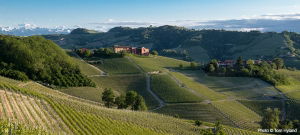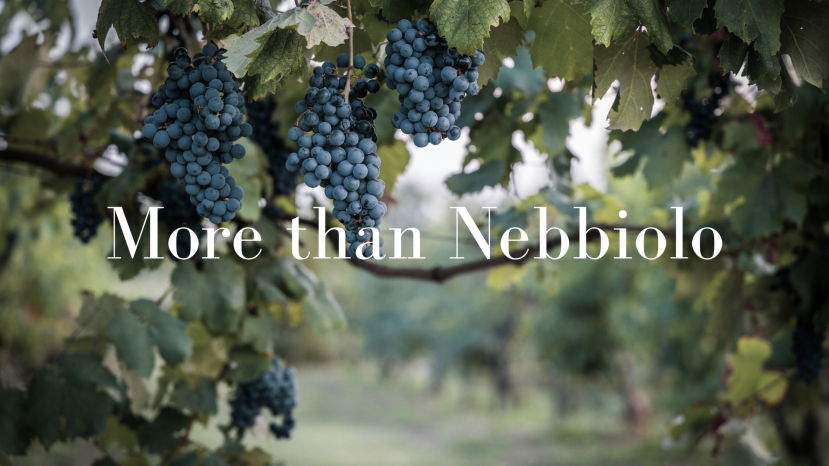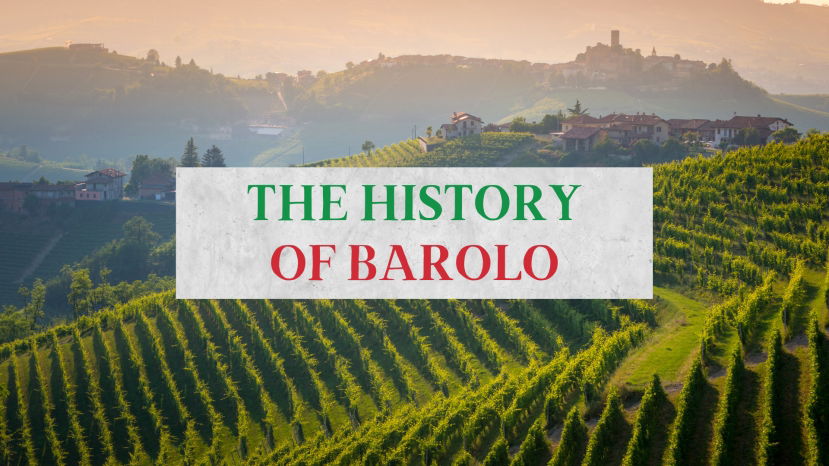BLOG
Piedmont wines
Any wine student or lover of Italian wines can name the country’s most famous red wines, such as Barolo, Brunello di Montalcino or Amarone della Valpolicella. But given the variety of Italian wines and grape types, it stands to reason that there are many more examples produced throughout the country. This article is the first in a series about a few of the lesser known red wines of Italy; we begin with Piemonte. While there are three famous red varieties in Piemonte – Nebbiolo, Barbera and Dolcetto – there are several others that produce very expressive wines.
Thanks to a string of successful vintages, there has been a great deal of recent publicity regarding Barolo and Barbaresco wines. Produced entirely from Nebbiolo, these two iconic wines have changed in style over the past 20-30 years; where once, the wines were reserved upon release, today, the wines are riper and more forward. This is largely due to climate change, as warmer temperatures throughout the growing season have necessitated Nebbiolo harvests some two to three weeks earlier these days than in the 1980s, ‘70s and prior; while late October to early November was normal for a Nebbiolo harvest thirty and forty years ago, today, harvest is more typically in early-mid October.
Summary: Barbaresco is one of Italy's iconic reds, yet in Piemonte, while it tends to be treated with great respect, it rarely receives the attention it deserves, due to the fame of Barolo. In this webinar, we will explore this wine in detail, looking at the three communes that comprise the production zone, to the winemaking styles of the finest producers, that vary from ultra
Summary: Piedmont is most known for its Nebbiolo, Barbera and Dolcetto, the three core varieties that form the backbone of the Langhe, Piedmont’s most famous sub-region. But a number of other exciting indigenous and qualitative varieties make up the region’s complex viticultural patchwork. This webinar will focus on 4 lesser-known whites – Arneis,
Summary: "Noble Nebbiolo" a survey of the prestigious Italian variety and its most important manifestations, appellations, and growing areas namely: Valtellina (Lombardia), Valle d'Aosta, and Piemonte (Langhe, Roero, Canavese, Alto Piemonte). Presenter: Alan Tardi Alan Tardi first became interested in wine
Summary: When the humble, yet masterful British wine writer Harry Waugh was asked, when was the last time he had confused Bordeaux and Burgundy, he famously replied, “not since lunch.” Ask a 21st century American wine scholar that question about Barolo and Brunello, and they may well respond “not since the last blind tasting.” This Italian conundrum
If you are planning a romantic Valentine’s Day celebration and want to impress your partner with the best possible wine for the occasion, overlook everything you think you know about wine pairing. Forget choosing a red to match the steak or a white for the flounder. Lose the Champagne with chocolate (seriously, lose that one) and ditch any dessert ideas. The key to a successful Valentine’s Day is...
Summary: This WSG Live will follow the history of Barolo from the 1860s through the latest innovations and viticultural practices of today. As there have been more changes in the last fifty years than in the first one hundred, much of the webinar will concentrate on the period from the 1970s until current times. Specific topics covered will include changes in viticultural practices (e.g. Barolo Boys), a more precise definition of the boundaries of the Barolo zone,
Summary: The guest for our fourth edition of WSG Live will be Gaia Gaja, one of the three children of legendary Piedmont producer Angelo Gaja, and already a familiar face to fans of Gaja wines worldwide. Born in 1979, Gaia says she has worked in the winery 'since she was a child': her parents always included all the children in decisions made about the future of the winery. From 2004,









